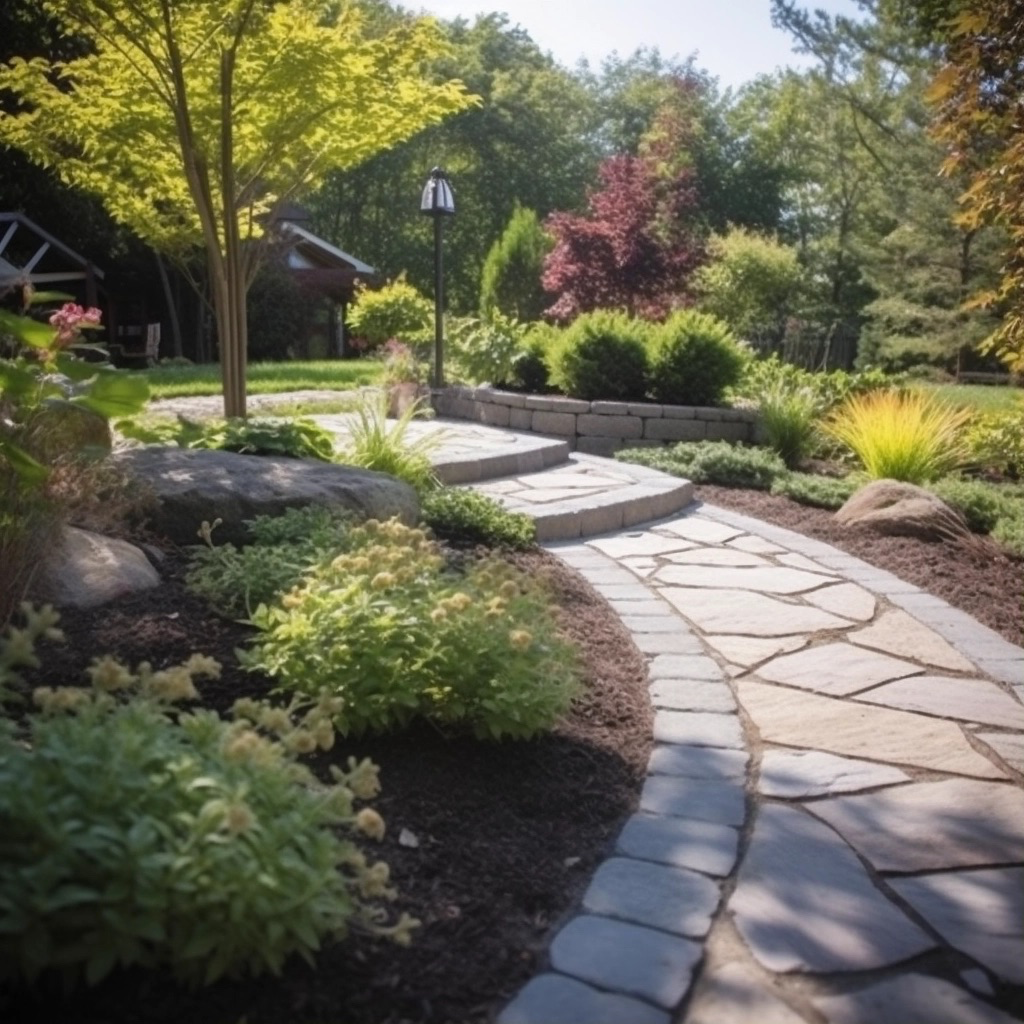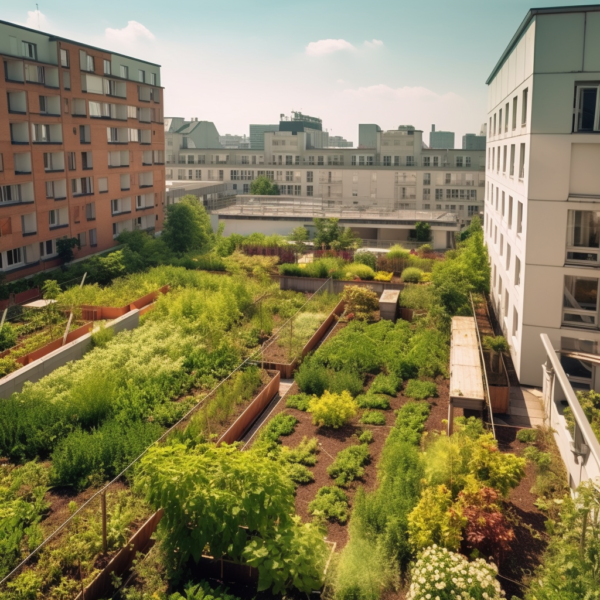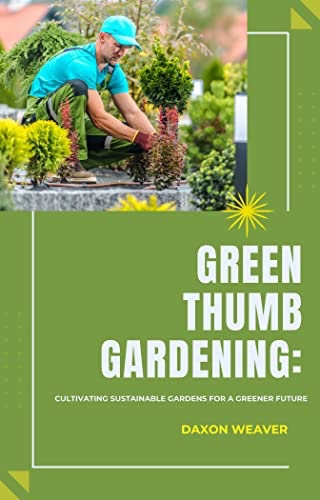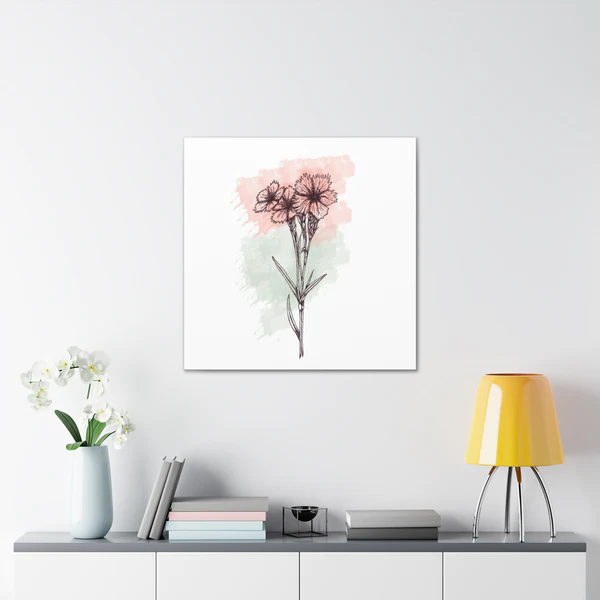Creating an inviting and aesthetically pleasing outdoor space involves finding the right balance between hardscaping and softscaping elements. In this article, we explore the differences between landscape hardscaping and softscaping, highlighting their unique characteristics and explaining why incorporating both is essential for achieving a harmonious and visually stunning landscape design.

Hardscaping: Adding Structure and Functionality Hardscaping refers to the non-living elements in a landscape, such as pathways, patios, walls, pergolas, and water features. Here, we delve into the benefits and reasons for incorporating hardscaping elements:
Structure and Definition: Hardscaping provides a sense of structure and definition to your outdoor space. It creates boundaries, delineates different areas, and establishes a framework for your landscape design.
Functionality and Accessibility: Hardscaping elements offer practicality and accessibility. Pathways guide visitors through your garden, patios provide spaces for outdoor living and entertaining, and retaining walls offer support and prevent soil erosion.
Year-Round Appeal: Unlike some plants that go dormant or lose their foliage during certain seasons, hardscaping elements maintain their visual appeal throughout the year. They provide architectural beauty and visual interest even when flowers have faded or leaves have fallen.
Low Maintenance: Hardscaping requires less maintenance compared to living plants. Once installed, structures like stone pathways or paved patios need minimal upkeep, allowing you to spend more time enjoying your outdoor space.
Softscaping: Adding Life and Beauty Softscaping involves the use of living elements in a landscape design, including trees, shrubs, flowers, and other plants. Here, we explore the importance and benefits of softscaping:
Natural Beauty and Color: Softscaping brings life, color, and texture to your landscape. Plants provide a range of hues, seasonal blooms, and foliage variations that add vibrancy and beauty to your outdoor sanctuary.
Environmental Benefits: Softscaping contributes to the ecological balance of your garden. Trees and shrubs offer shade, reduce soil erosion, and provide habitats for birds and beneficial insects. Plants also help filter the air, absorb carbon dioxide, and release oxygen.
Softening Effects: By softening the hard lines and edges of hardscaping elements, plants create a more organic and inviting atmosphere. They add a sense of tranquility, privacy, and a connection to nature.
Flexibility and Adaptability: Softscaping allows for flexibility and change over time. You can introduce new plants, rearrange flower beds, or modify the landscape design to suit your evolving preferences and gardening skills.
Creating Balance and Harmony: Both hardscaping and softscaping elements are essential for a well-designed landscape. By combining hardscaping’s structure and functionality with softscaping’s natural beauty and appeal, you achieve a balanced and harmonious outdoor space. A thoughtfully integrated landscape design provides areas for relaxation, entertaining, and enjoying the natural surroundings while complementing the architectural features of your home.
Landscape hardscaping and softscaping play vital roles in creating an inviting and visually stunning outdoor sanctuary. Hardscaping provides structure, functionality, and year-round appeal, while softscaping adds life, beauty, and environmental benefits. By combining these elements in your landscape design, you achieve a harmonious blend of structure and nature, resulting in an outdoor space that reflects your style, enhances your lifestyle, and brings you closer to the beauty of the natural world.
As an Amazon Associate we earn from qualifying purchases through some links in our articles.




